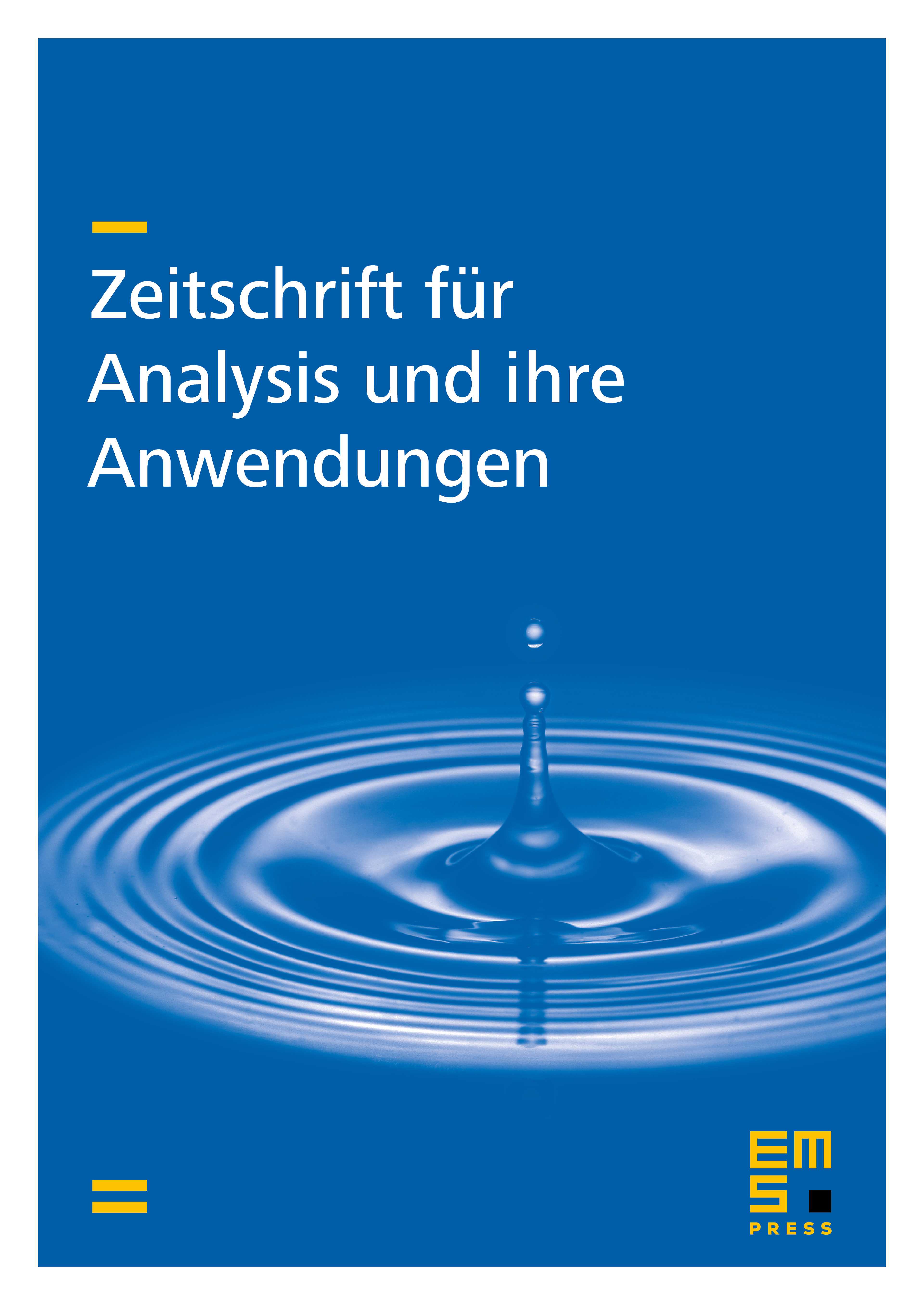Diffusion Phenomenon for Linear Dissipative Wave Equations
Belkacem Said-Houari
King Abdullah University of Science and Technology (KAUST), Thuwal, Saudi Arabia

Abstract
In this paper we prove the diffusion phenomenon for the linear wave equation. To derive the diffusion phenomenon, a new method is used. In fact, for initial data in some weighted spaces, prove that for , decays with the rate , faster than that of either or , where is the solution of the linear wave equation with initial data with , and is the solution of the related heat equation with initial data . This result improves the result in H. Yang and A. Milani [Bull. Sci. Math. 124 (2000), 415–433] in the sense that, under the above restriction on the initial data, the decay rate given in that paper can be improved by .
Cite this article
Belkacem Said-Houari, Diffusion Phenomenon for Linear Dissipative Wave Equations. Z. Anal. Anwend. 31 (2012), no. 3, pp. 267–282
DOI 10.4171/ZAA/1459